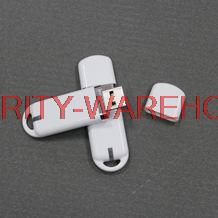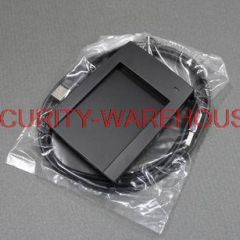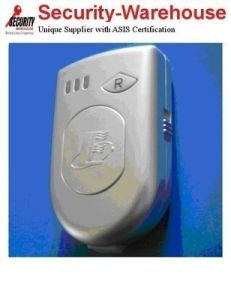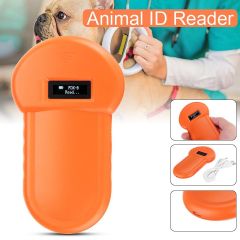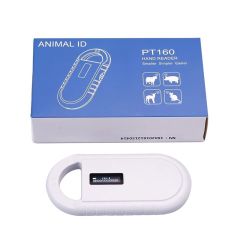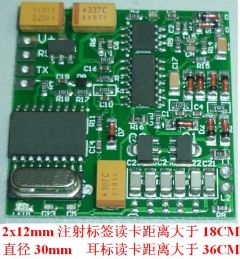Low frequency (LF) RFID, with an operating frequency of 134.2 kHz, has been adopted internationally for animal identification applications following many years of development, exhaustive testing and practical field evaluation. These systems track meat and dairy animals, valuable breeding stock and laboratory animals involved in lengthy and expensive research projects.
The International Standards Organization (ISO) and the Australian/New Zealand standards for the electronic identification of animals are based on LF 134.2 kHz RFID technology. (ISO11784/11785, AS5018/5019).
RFID transponders are worn as ear tags or as an inter-ruminal capsules or other packagings. Farm management can be fully automated for such processes as feeding, weighing, disease management, and breeding practices. The tags are passive components (i.e. no battery), means they continue to operate for many, many years with reliability and stability.
ISO 11784 & 11785 are international standards that regulate the radio frequency identification (RFID) of animals, which is usually accomplished by implanting a microchip into just under the animal's skin.
RF identification of animals requires that the bits transmitted by a transponder are interpretable by a transceiver. Usually the bit stream contains data bits, defining the identification code and a number of bits to ensure correct reception of the data bits.�
ISO 11784 specifies the structure of the identification code.�
ISO 11785 specifies how a transponder is activated and how the stored information is transferred to a transceiver (the characteristics of the transmission protocols between transponder and transceiver)
The carrier frequency for animal identification is: 134.2 kHz. There are 2 protocols in use to communicate between tag and reader: FDX (and FDX-B) and HDX.
TI HDX transponders used for livestock identification are factory programmed with a unique 64-bit code which is tamper proof and cannot be duplicated. All animal data is stored in secure data-bases where it can only be accessed by authorised users.
The ISO standards also encompass full duplex (FDX) 134 kHz technology. Full duplex tags are cheaper and suppliers often claim that they will perform as well as HDX technology, someone claims the performance of FDX have not been as good as HDX during field evaluation with walk-through readers. For this reason, HDX tags are used for livestock where performance and reliability are important while FDX tag performance is adequate where animals can be individually handled and scanned with hand-held readers.
RFID 134.2 KHz Equipment
- EM4305 chip card reader 134 2KHZ reader T5577 chip... SKU : GZ1342USpecial Price US$34.56 Regular Price US$38.40
- RFID 134 2KHz + 125KHz Low Cost Reader Writer for ... SKU : GZ1342DSpecial Price US$110.61 Regular Price US$122.91
- RFID 134.2 KHz 11784/11785 FDX ReaderPortable Blue... SKU : ZF11784BTSpecial Price US$75.48 Regular Price US$83.87
- Portable LCD Display Animal Microchip Scanner Tag ... SKU : 32972794099Special Price US$32.66 Regular Price US$36.29Out of stock
- ISO11785/84 FDX-B Pet Microchip Scanner, Animal RF... SKU : RFIDFDXRSpecial Price US$29.03 Regular Price US$32.25Out of stock
- RFID 134.2KHz module FDX-B FDXB ISO 11784 with ext... SKU : UHF11784ANT1Special Price US$17.42 Regular Price US$19.35
